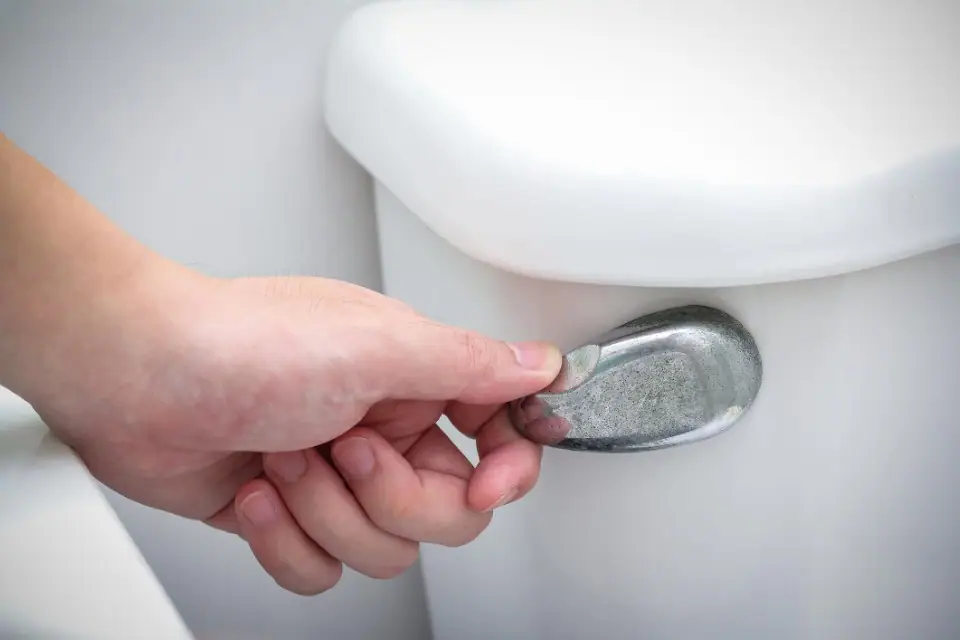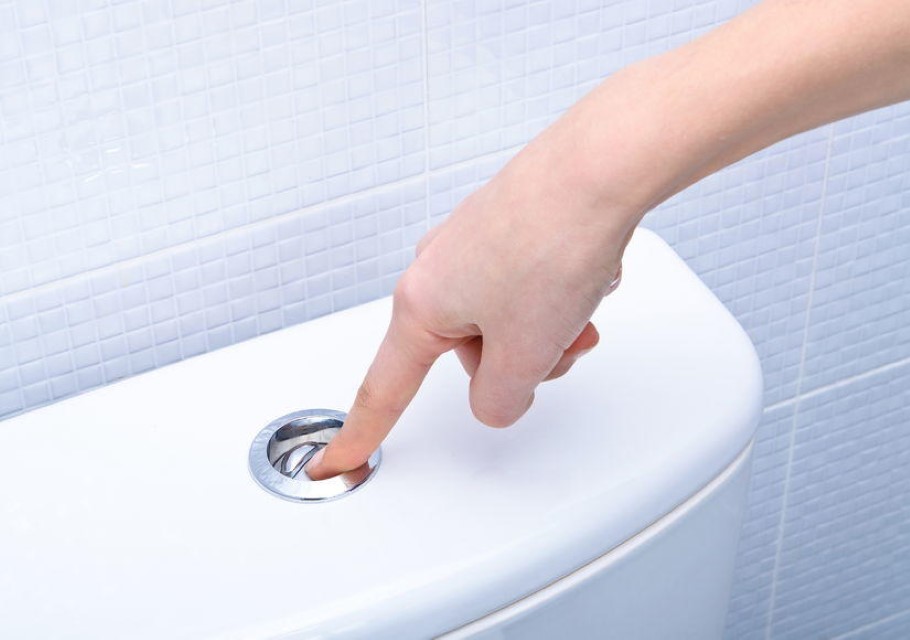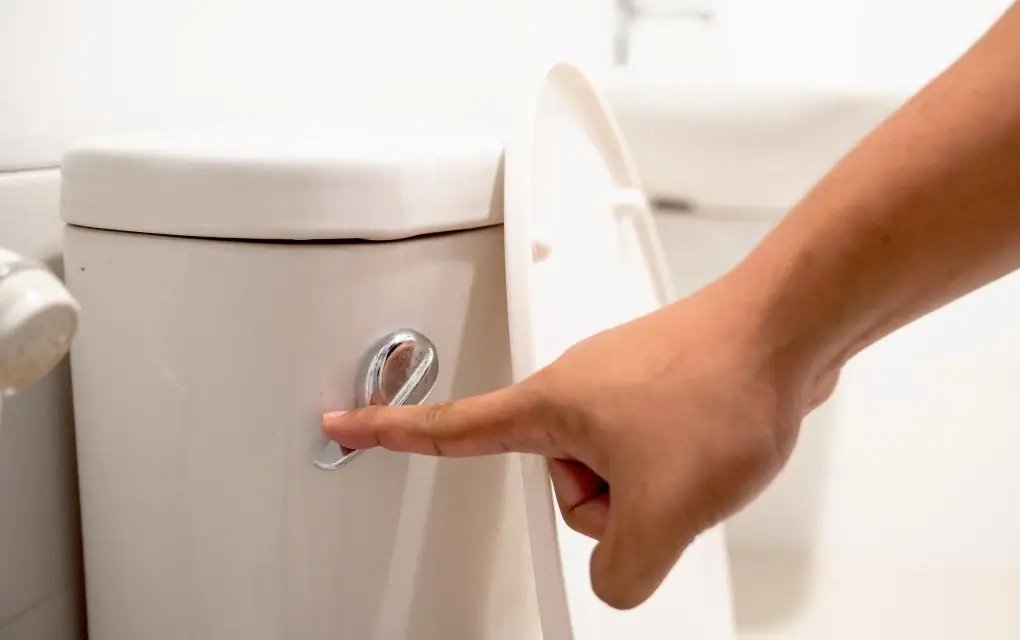If you’ve ever had to take a drug test, you’re probably familiar with the strict instructions that come with it. One of the most perplexing rules is the prohibition against flushing the toilet after providing a urine sample. Many people wonder why this peculiar rule exists and what its purpose is. In this article, we will explore the reasons behind this prohibition, its implications, and some common FAQs related to this topic.
The Unusual Request: Do Not Flush the Toilet
Have you ever wondered why you’re asked not to flush the toilet after a drug test?
When you undergo a drug test, particularly a urine test, you’ll often receive specific instructions not to flush the toilet after providing your sample. This requirement may seem strange at first, but it serves a vital purpose. The primary reason is to prevent tampering or adulteration of the urine sample.
Urine Adulteration and its Consequences
Understanding the importance of maintaining the integrity of urine samples.
Urine drug tests are conducted for various purposes, including employment screening, probation monitoring, and medical assessments. The accuracy of these tests is of paramount importance, as the results can have significant consequences. Any attempt to tamper with or adulterate the urine sample can yield unreliable results, leading to false positives or negatives.

Urine adulteration can take several forms, including:
- Dilution: Adding water or other substances to the urine to reduce the concentration of drugs, making them harder to detect.
- Substitution: Replacing the urine with a synthetic or clean sample to conceal drug use.
- Masking agents: Consuming substances that temporarily mask the presence of drugs in the urine.
By prohibiting the flushing of the toilet, the testing facility can ensure that the sample remains intact and unaltered for further analysis. This precaution helps maintain the integrity of the drug test, increasing its accuracy and reliability.
Common Questions About Not Flushing the Toilet After a Drug Test
Let’s address some frequently asked questions about the no-flushing rule.
1. Is it really necessary not to flush the toilet after a drug test?
Yes, it is necessary to maintain the integrity of the urine sample. Flushing the toilet can potentially dilute or tamper with the urine, leading to unreliable test results.
2. What happens if you accidentally flush the toilet during a drug test?
If you accidentally flush the toilet, you should inform the test administrator immediately. Depending on the testing facility’s policies, you may need to provide another sample to ensure the accuracy of the test.
3. Can I refuse to comply with the no-flushing rule?
Refusing to follow the instructions provided during a drug test may result in various consequences, such as a failed test or the rejection of your sample. It’s essential to cooperate with the testing procedures to maintain the integrity of the process.

4. Can testing facilities monitor me while I provide a urine sample?
Many testing facilities have procedures in place to prevent tampering, which may include monitoring the individual while providing the sample. This is done to ensure the sample’s integrity and prevent any attempts at adulteration.
5. Are there any alternatives to urine drug tests that do not require the no-flushing rule?
While there are alternative drug testing methods, such as hair or saliva tests, urine tests remain a widely used and accepted method due to their accuracy and cost-effectiveness. The no-flushing rule is specific to urine tests and helps maintain their reliability.
Conclusion: Ensuring the Accuracy of Drug Tests
The requirement not to flush the toilet after a drug test may seem unusual, but it serves a critical purpose in maintaining the integrity and accuracy of the test results. Tampering with a urine sample can lead to unreliable outcomes, potentially affecting various aspects of one’s life, from employment to legal matters. It is essential to follow the instructions provided during a drug test to ensure a fair and accurate assessment of your situation. The no-flushing rule is just one of the many safeguards in place to protect the reliability of these tests and the individuals being tested.
In conclusion, adhering to the no-flushing rule is not only a matter of compliance but also a guarantee that the results of your drug test are as accurate as possible. So, the next time you find yourself in this situation, remember that this seemingly peculiar instruction serves a crucial purpose in maintaining the trustworthiness of the process.

